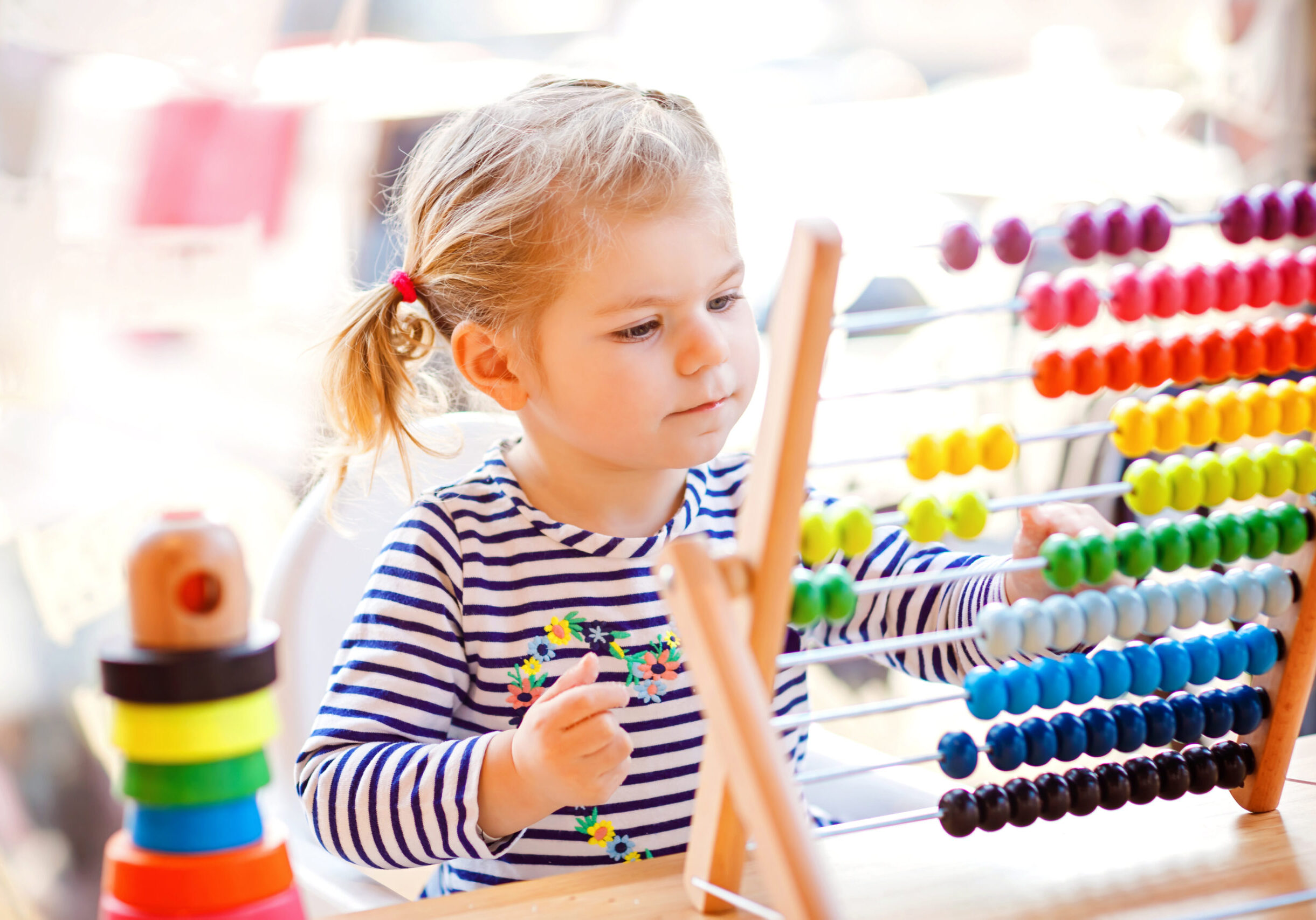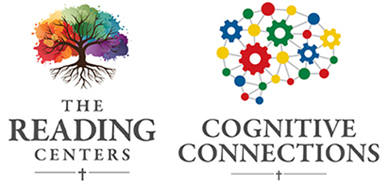
Dyscalculia is impairment of quantitative reasoning in math calculation.
Dyscalculia is attributed to weakness in fundamental number association, representation, and processing. This leads to extreme challenges with quantification of number sets without counting. It also causes difficulty with using nonverbal processes in order to perform simple numerical operations. As a result, there is hinderance of estimations in relative magnitudes of number sets. Without grasping these basic math skills, it is impossible for learners to engage in higher level math problem solving. Symptoms or Indications: IN young children (up to the pre-K and Kindergarten levels)

FOR YOUNG CHILDREN
The most common symptoms include trouble with:
-
Counting upward.
-
Connecting a number to that many of an object (for example, connecting the number 4 to that many marbles in front of them).
-
Recognizing numbers and math symbols.
-
Organizing numbers chronologically.
-
Recognizing and using number lines.
-
Learning using money (such as coins or bills).

SCHOOL AGE CHILDREN (PRIMARY GRADES)
The symptoms of dyscalculia often draw attention when children start school around age 6. For these children, the symptoms include trouble with:
-
-
Counting on fingers with small numbers (especially at an age where that seems unnecessary).
-
Identifying small quantities of items just by looking (this looks like needing to count each one by one).
-
Doing simple calculations from memory.
-
Memorizing multiplication tables.
-
Recognizing the same math problem when the order of the numbers or symbols changes (struggling to understand that 1+7=8 is the same as 8=7+1).
-
Understanding word problems or more advanced symbols (such as > meaning “greater than” or < meaning “less than”).
-
Organizing numbers by scale (10s, 100s, 1,000s) or decimal place (0.1, 0.01, 0.001).
-

TEENAGERS & ADULTS
The symptoms in teenagers and adults often look like trouble with the following:
-
-
Counting backward.
-
Solving word problems.
-
Breaking problems down into multiple steps to solve them.
-
Measuring items.
-
Measuring quantities (such as for cooking/baking recipes).
-
Using money (coins and bills) to pay for items, exchanging bills for coins (and vice versa) and making change.
-
Understanding and converting fractions.
-
Testimonials
My daughter would not be where she is without the skills she is learning at The Reading Centers. She picks up books and reads them without being told. I can't spell things to my husband anymore because she knows what I'm spelling. Small price to pay on our end to see these monumental changes in her life.
Kate, Parent
The Reading Center has been a blessing. Our son has been awarded A-B Honor Roll!
Valerie, Parent
From the 4th national percentile in Reading to the 47th percentile in TWO years. We are beyond proud and very thankful.
Laura, Parent

